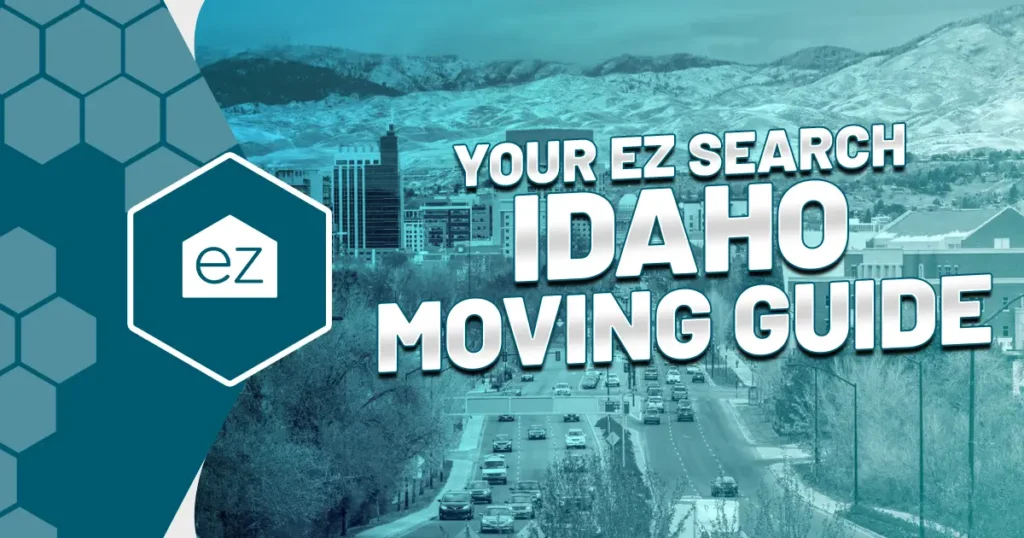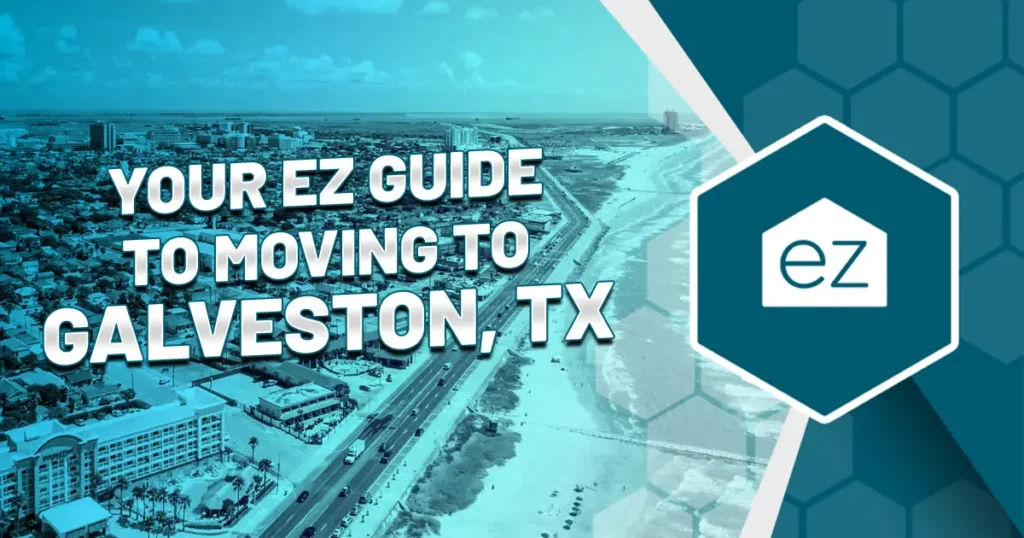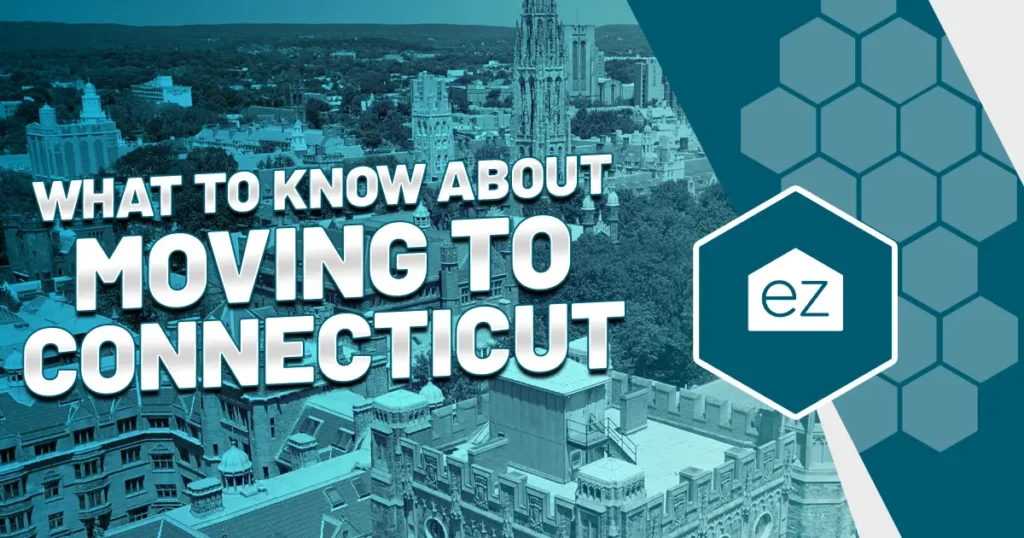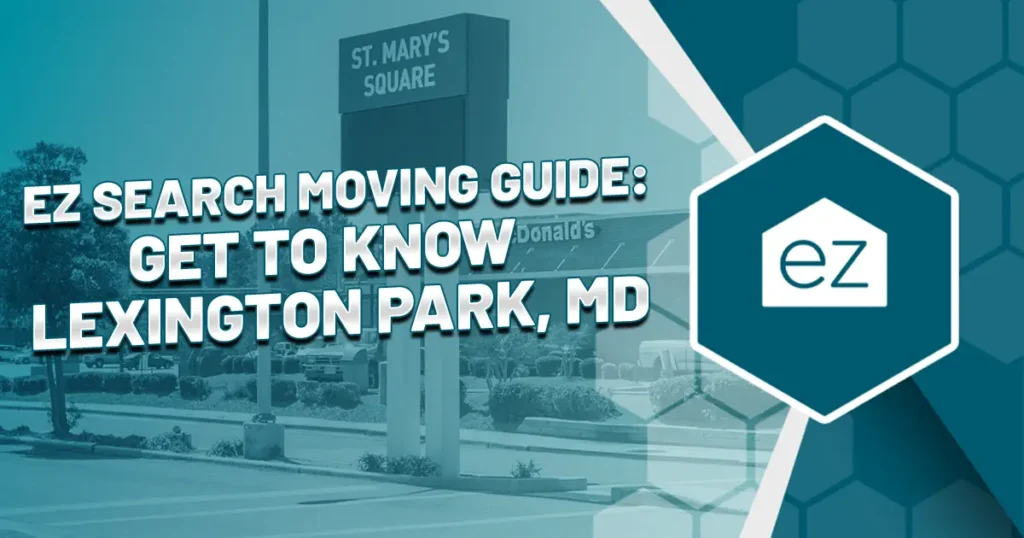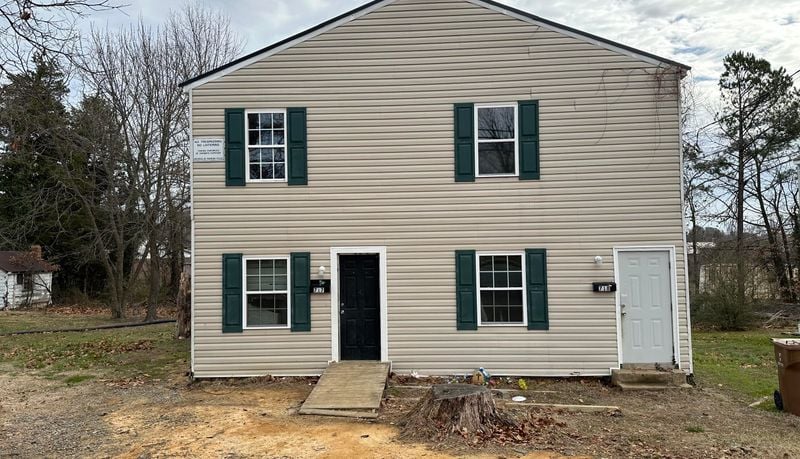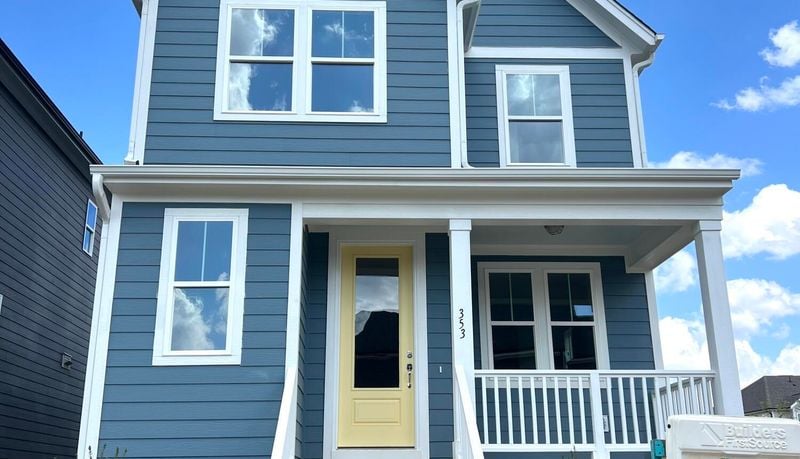Your EZ Search Phoenix, AZ Moving Guide
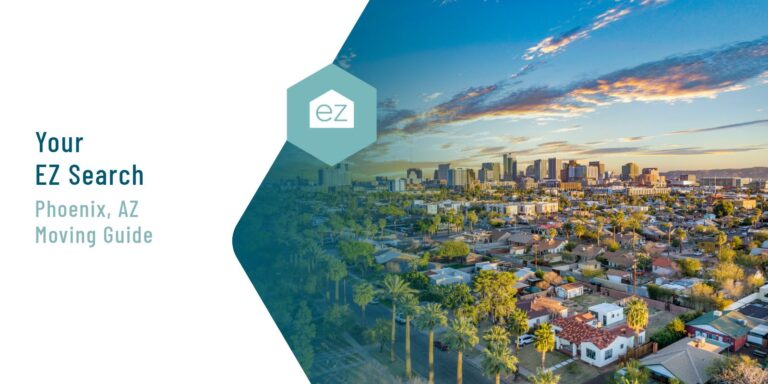
Leave the snowplow behind when you move to Phoenix, AZ. The “Valley of the Sun” lives up to its handle, with days bursting with dazzling sun and little rain in the beautiful Sonoran Desert. You’re in good company if you’re moving to the Phoenix metro each year. This fast-growing area is in high demand not just for its golfing and vacation resorts but as a place to live, with hundreds moving to Maricopa County daily.
Come get to know your future hometown, Phoenix, with our moving guide. Gain an overview of the essentials, from a little city background to how to get around to what the real estate market is like.
About Phoenix, AZ
Arizona was the last territory to achieve statehood in the contiguous US, and shortly after that, Phoenix was established on the Salt River banks as a farming community. Today, the city is the fifth-largest in the US and Arizona’s capital. The metro sprawls across Maricopa County and is just a few hours away from other Arizona destinations like Tucson and Flagstaff.
The arid climate and nearly constant sunshine shape much of Phoenix’s character. The Sonoran Desert landscape and warm, dry weather have promoted a lifestyle around outdoor activities. Phoenix has an abundance of golfing, parks, and nature preserves throughout the metro.
Complementing that is a diverse cultural scene with world-class museums, performing arts venues, and a culinary landscape that celebrates local and international styles.
The city’s strategic location in the “Silicon Desert” has encouraged its emergence as a business hub, attracting established companies and startups seeking a business-friendly environment. Arizona’s laws have made it an ideal test market for new products and services. That’s part of why it has the fifth-best economy in the nation as of 2023.
Put all the puzzle pieces together, and modern Phoenix is a thriving place to make your home.
Phoenix’s population growth is phenomenal
An influx of transplants drives Phoenix’s growth. People are coming not just from other parts of Arizona but from around the country, with California being the top state for immigration.
The city’s estimated population was 1.6 million as of the 2022 US Census estimate, and there are around 4.5 million living in Maricopa County. That makes Phoenix the fifth-largest city in the US and the largest capital city. Where the other top five cities lost residents from 2020 to 2022, Phoenix added another 2.2%. And with a land area covering 518 sq miles, it’s the least dense of the five largest cities.
But the growth does have some challenges. Water scarcity is a concern given the arid environment. Additionally, air quality can be an issue during certain times of the year.
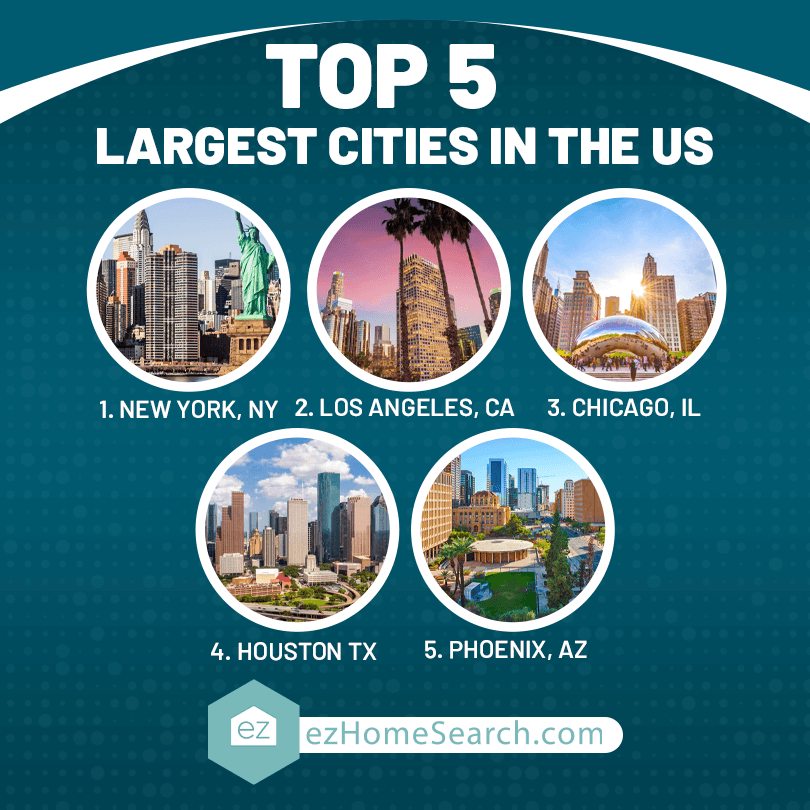
An increasing cost of living
All that growth makes Phoenix’s cost of living more expensive. Where people once were drawn here partly for the sunshine, the affordability was another perk. Not so much anymore, as housing and transportation costs have been rising.
Here’s how Phoenix stacked up as of 2023:
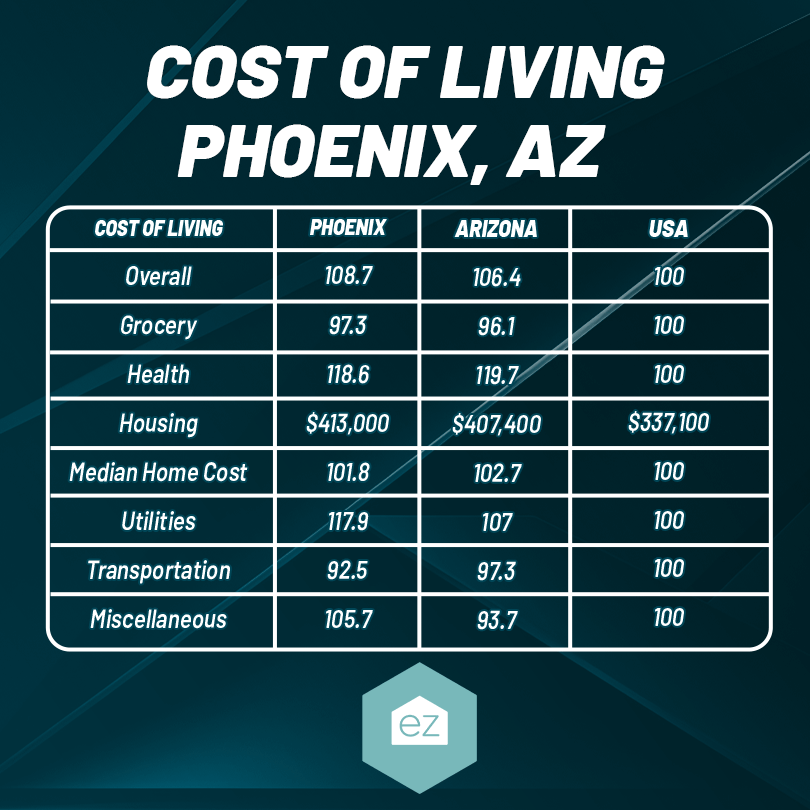
As you can see, living in Phoenix will run you 8% above the national average in your budget. Deciding if that makes sense for your family is up to you. Based on 2022 estimates from MIT, a family of four with one working adult and two children would need $72,864 after taxes to afford their essentials living in Phoenix.
Top job market
Phoenix’s economic landscape is diverse, with a burgeoning technology sector, healthcare industry, and a growing entrepreneurial spirit, leading to a GDP that’s grown 7.7% since 2019. Companies and startups come to Phoenix because its lower cost of living and regulations make it a business-friendly environment.
Labor data from August 2023 showed the City of Phoenix had a slightly higher unemployment rate than the national average (4.0% to 3.8%) but less than Arizona’s 4.4%. The average hourly wage in the metro was $28.86 across all occupations.
A few key areas are driving Phoenix’s economic engine and its growth.
Technology: The “Silicon Desert” moniker reflects the area’s emergence as a hub for tech innovation, emphasizing software development, data analytics, and cybersecurity.
Healthcare: A growing population and world-class medical institutions support a robust medical sector. Biotechnology and medical research also play a pivotal role. Banner Health is the city’s largest employer by number of employees.
Energy: The “Valley of the Sun” is perfectly poised for using renewable energy sources. The big players include Shell, Chevron, and Schneider Electric.
Hospitality: As a popular vacation and winter escape destination, tourism remains a top contributor to the Phoenix economy. The attractions, resorts, and convention centers draw visitors year-round. Around 200,000 people work in hospitality-related work like hotels, entertainment, and event management.
Education: Phoenix has one of the nation’s largest for-profit and online universities. Add to that multiple public school systems serving the thousands of families in Maricopa County and state-funded universities, and education becomes a top employer. Apollo Group, which owns the University of Phoenix, is the city’s second-largest employer.
Financial services: Phoenix is the sixth-largest financial capital in the nation, as its looser laws allow companies to trial products before expanding them across the market. That’s why you have brands like American Express, Wells Fargo, and Charles Schwab with large hubs here.
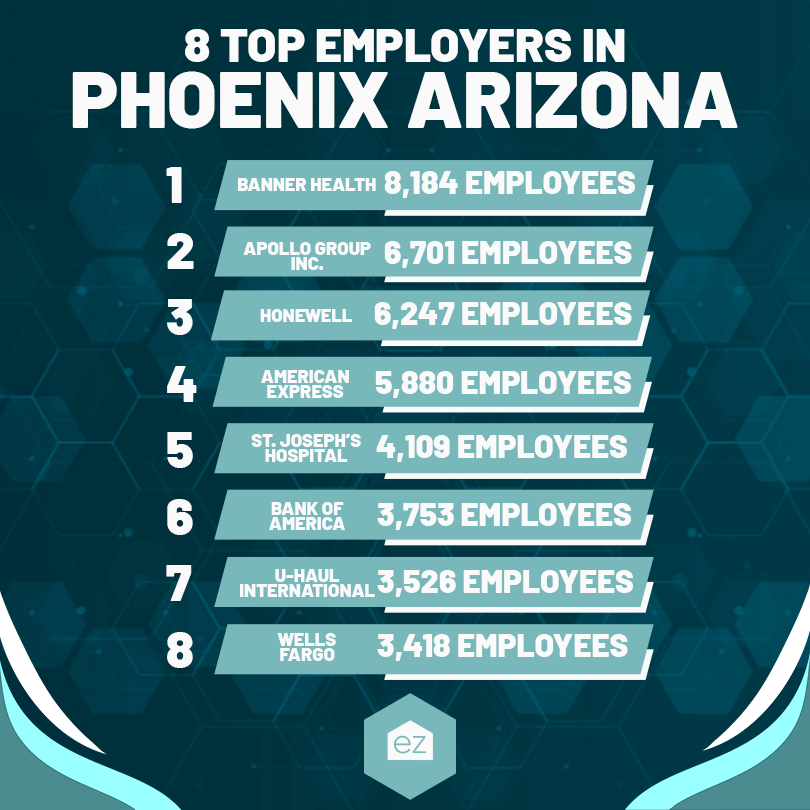
Transportation
Transportation in Phoenix still largely depends on personal cars, though several public transit options exist.
The Valley Metro operates bus and light rail services, including an Express Line to Sky Harbor Airport. The light rail system runs air-conditioned electric trains on a 28-mile line with stops at major attractions, Tempe and Mesa. The rail system connects to the regional bus network with local and express routes.
The city has a growing bike network with almost 600 miles of dedicated lanes. Downtown has a public e-scooter system, but riding on sidewalks is prohibited. There are no-ride zones around some public parks and the arenas.
For those who need to drive, Phoenix has one of the better congestion rankings in the US, with only about 20% of commutes taking more than 30 minutes. It ranked 25 for its traffic, which places it far below cities like Chicago, Boston, and Los Angeles. Still, there are road bottlenecks, particularly where Interstate 10 and 17 meet and where Interstate 10 and Highway 60 meet. City-wide, expect slowdowns at typical rush hour times in the morning and afternoons.
A center for education
Education is a high priority in Phoenix. The greater metro has over 30 public school districts plus 200 private and charter schools. One of the largest is the Paradise Valley Unified School District, with 48 schools serving 33,541 students. It can be confusing to navigate, as school districts can be classified as elementary (grades K-8), high (grades 9-12), or unified.
Phoenix has an incredible number of colleges and universities in the metro – around 40 in total. Included in that counting are Arizona State University and five public two-year colleges. Grand Canyon University is one of the largest for-profit colleges, as is the online University of Phoenix.
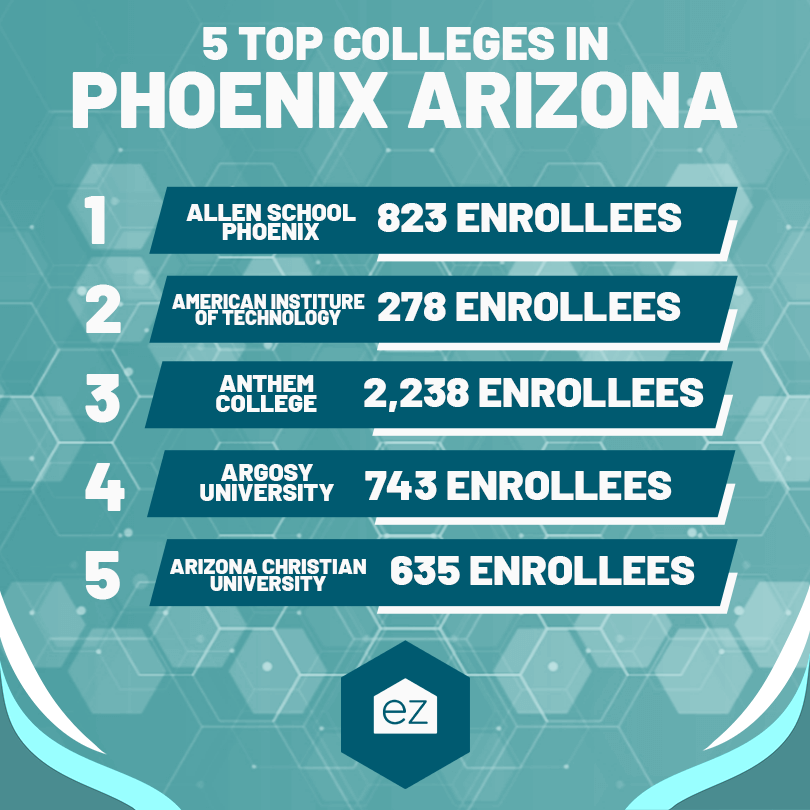
Phoenix real estate
Housing in Phoenix is more expensive than average, with a median home price of $480,000 based on the July 2023 market report. That’s 8.3% higher than the national median of $440,000 at the same time.
Like many markets nationwide in the summer of 2023, Phoenix continued experiencing a drop in new listings. That reduced inventory was putting pressure on its housing prices.
However, price growth isn’t a new trend. Phoenix’s housing market and prices have steadily grown since 2013 because of the overall demand. During the pandemic, it led the nation in home price increases, surging 57% in two years.
Single-family homes are the norm here, in part due to the nature of how Phoenix developed and because of its regulations that encourage fewer multifamily developments. However, an increasing number of condos and townhomes are being built to meet housing demand.
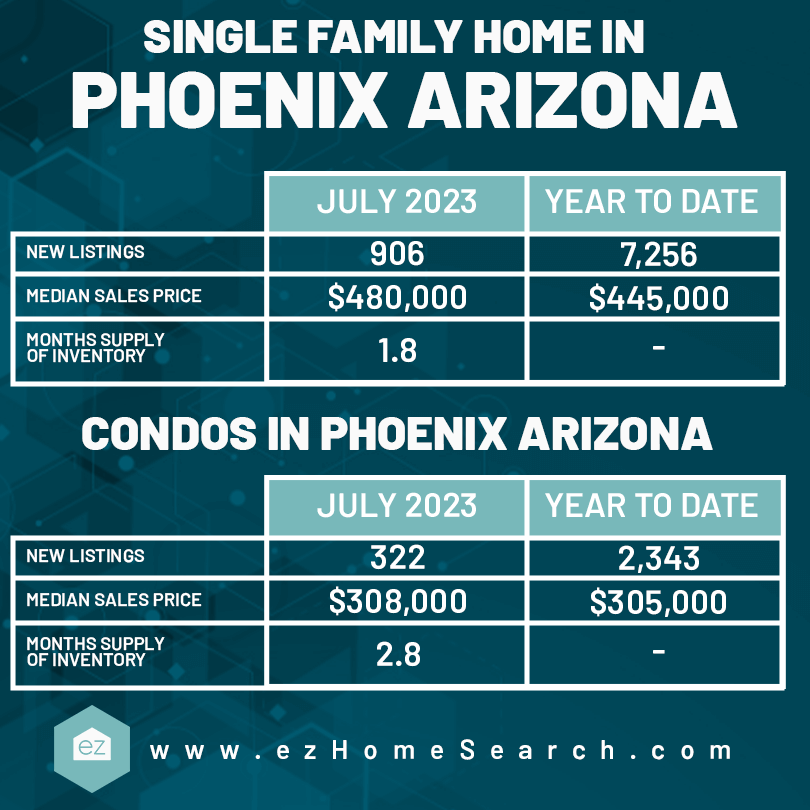
Be prepared for climate extremes
This is the Sonoran Desert, so if you think hot and dry, you’re on the money. Expect blistering summers with an average temperature of 104°F (40°C) during July and August. Around 93 days a year report temperatures above 100F.
Winters are mild, but do bring some cold spells. The average temperature sits at 50°F, which may be colder than expected. Nighttime temperatures can and do drop below freezing. But the good news is the year-round temperature average high is 87F and low is 63F.
Rainfall is naturally scarce in Phoenix, but expect two monsoon seasons: Pacific-based from November to March and Gulf of Mexico-based from July to August. Monsoon storms can bring occasional heavy rains and humidity that lasts for several days at a time.
The other climate quirk to be aware of is haboobs, a dust storm that sends skies from sunny to dark in minutes. They are accompanied by intense wind driving fine sand particles. They usually occur during the monsoon season, and it’s worth familiarizing yourself with them if you move here.
Things To Do in Phoenix
Dining
Phoenix’s dining scene champions Southwestern cuisine, which combines ingredients like chilies, cacti, and corn with heritage cooking techniques. Embracing the local and unique traditions enables Phoenix’s culinary scene to stand out, which is why it has a collection of James Beard Award-winning restaurants. But don’t worry; you’ll find plenty of everything, from classic American fare to authentic Indian, Cuban, Mediterranean, and Asian cuisines.
Shopping
In a city this size, expect extensive shopping choices from big malls to small boutiques. All the major retailers and mall staples are found at the Arizona Biltmore Fashion Park, Kierland Commons, Desert Ridge Marketplace, and Scottsdale Quarter.
Head to Central Phoenix and Midtown for some of the city’s most unique boutiques, vintage clothing stores, and thrift shops. The Grand Avenue Arts District also has many small galleries and specialty stores where you can find unique items.
Golf
If golf is your thing, then Phoenix is the place to be. The greater metro contains over a hundred (no joke!) of the country’s most beautiful and challenging courses. Find championship courses like Troon North, Grayhawk, Talking Stick, and Boulders Resort & Spa. Experience the lively atmosphere of one of the most unique events on the PGA Tour, the Waste Management Phoenix Open, known for its energetic crowds and party-like environment.
Arts & culture
Be entertained all year thanks to the numerous museums, galleries, performance venues, live music venues, and theaters throughout the city.
One place to start learning about Phoenix’s culture once you’re unpacked is the Heard Museum, a renowned museum of Native American art, culture, and history. It’s one of 12 museums and counting that cover everything from firetrucks to musical instruments to science for kids.
Another place frequented by locals and visitors alike is Roosevelt Row Arts District. You’ll return again and again to this vibrant arts district packed with art galleries, street art, shops, and local eateries. Come for a First Fridays Art Walk, which happens here and in the Grand Avenue Arts District, the Phoenix Arts Museum, Heard Museum, and Japanese Garden of Art.
For performing arts, catch a show at the Orpheum Theatre or the Herberger Theater Center. Phoenix also has several music festivals throughout the year, including Lost Lake, McDowell Mountain Music Festival, and Innings Festival. The city is home to some of the world’s best DJs, like Z-Trip and Harrison Crump, who regularly spin at clubs in downtown Phoenix.
Outdoor activities
Enjoy the outdoors when the weather is right. Counting Maricopa County, the metro has one of the most extensive park systems at 120,000 acres. Find many trails to explore, whether you want to run, bike ride, horseback ride, or just take a leisurely stroll.
One bucket list item is to scale one of Phoenix’s iconic peaks like Camelback Mountain or Dobbins Mountain for panoramic views of the city and surrounding desert landscape. Definitely check out Papago Park, an urban desert park with unique geological formations, including Hole-in-the-Rock and the Desert Botanical Garden.
Water sports
You may not think of a desert city as being a place for water sports, but Phoenix will surprise you. It was founded along the Salt River, but that’s not all. To irrigate a city of this size requires extensive water management. The water management district built massive reservoirs spanning thousands of acres to capture essential water for drinking.
So spend a warm day on Salt River float, relaxing while surrounded by scenic desert views. Or take a scenic boat tour on Saguaro Lake. The city also has countless public pools and splash pads if you prefer chlorinated water.
Sports teams
Phoenix is a sports fan’s paradise, and not just for its golf. Fans can catch professional teams such as the Phoenix Suns (NBA), Arizona Diamondbacks (MLB), and Arizona Cardinals (NFL) playing in beautiful stadiums and arenas.
Several annual sporting events come to Phoenix through NASCAR and golf tournaments. Major League Baseball spring training games are played in what is called “Cactus League Season.” Plus, there’s the Phoenix Open, a must-go event for PGA TOUR fans!
Dog-Friendly Phoenix
For those who have a pup as part of their family, Phoenix has dog parks and trails open for taking four-legged friends on a nice walk or splashing around in the summer heat. Popular Cosmos Park has four fenced areas and a lake for swimming!
The Desert Botanical Garden has “Dog Days at the Garden” in the spring and fall at no extra charge for bringing your furry family. Some restaurants have dog-friendly patios, and OHSO has homemade biscuits!
Do note that the city prohibits dogs on its trails and parks when temperatures rise above 100F as a safety measure for all family members.
Find your Phoenix utilities
Once you move to Phoenix, setting up utilities like electricity, water, internet, and cable is essential. Who you’ll end up with partially depends on your address.
Your power will be through Arizona Public Service or the Salt Water Project. Each has different service plans, including a solar power plan. Southwest Gas is the most likely supplier if the home has natural gas.
Water, sewer, and trash are managed through the City of Phoenix. The city’s myPHX311 manages starting, stopping, and paying these fees.
Most internet service is through CenturyLink or Cox Communications.
Moving to Phoenix
Moving to the Valley of the Sun doesn’t have to be daunting. Planning ahead, understanding the layout and culture of Phoenix, and familiarizing yourself with some local hot spots are essential for an easier transition.
Once you start exploring and getting to know your fellow Phoenixes, you’ll quickly understand why this city is a great place to call home. It’s the perfect mix of modern and Old West.
